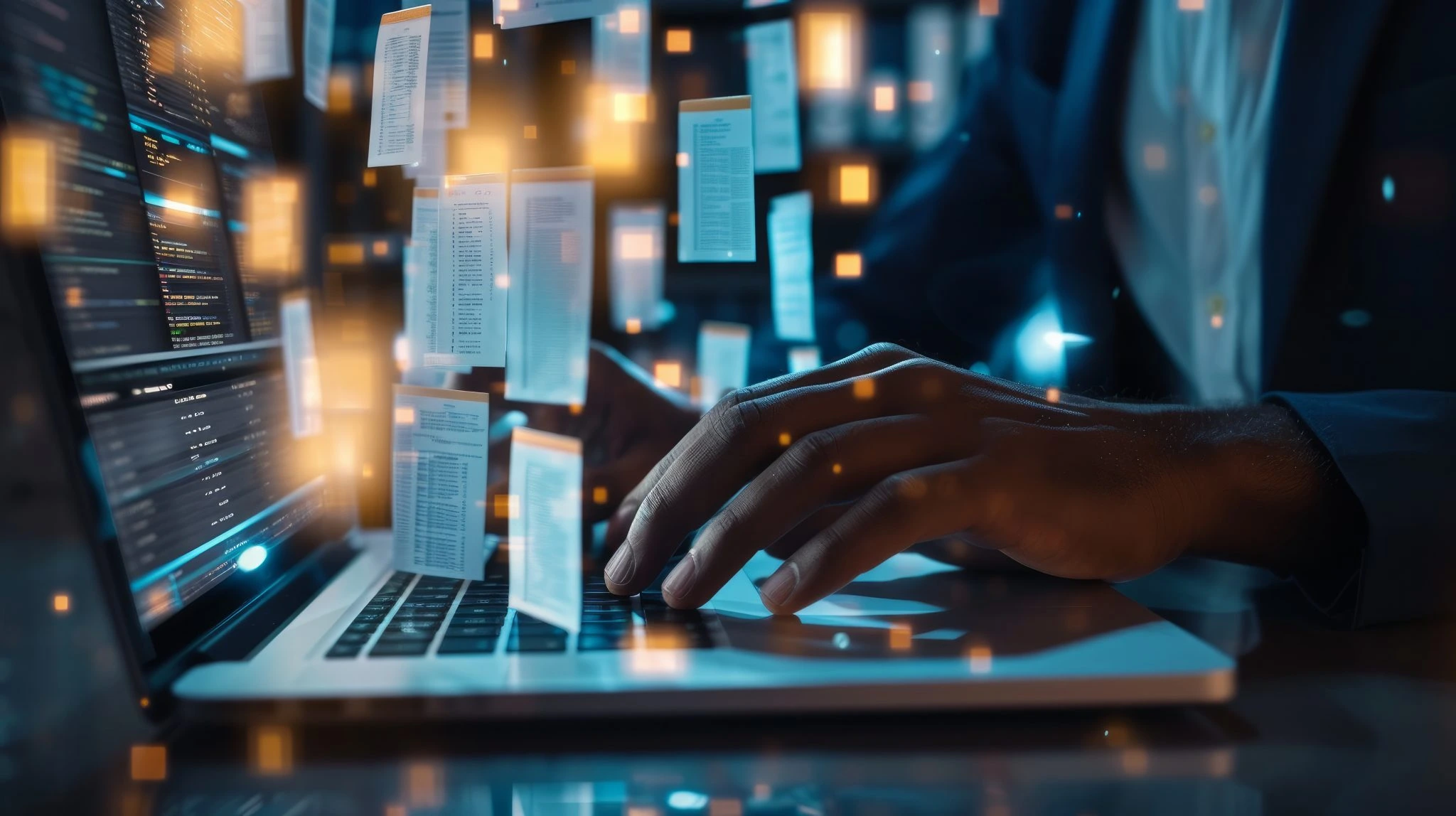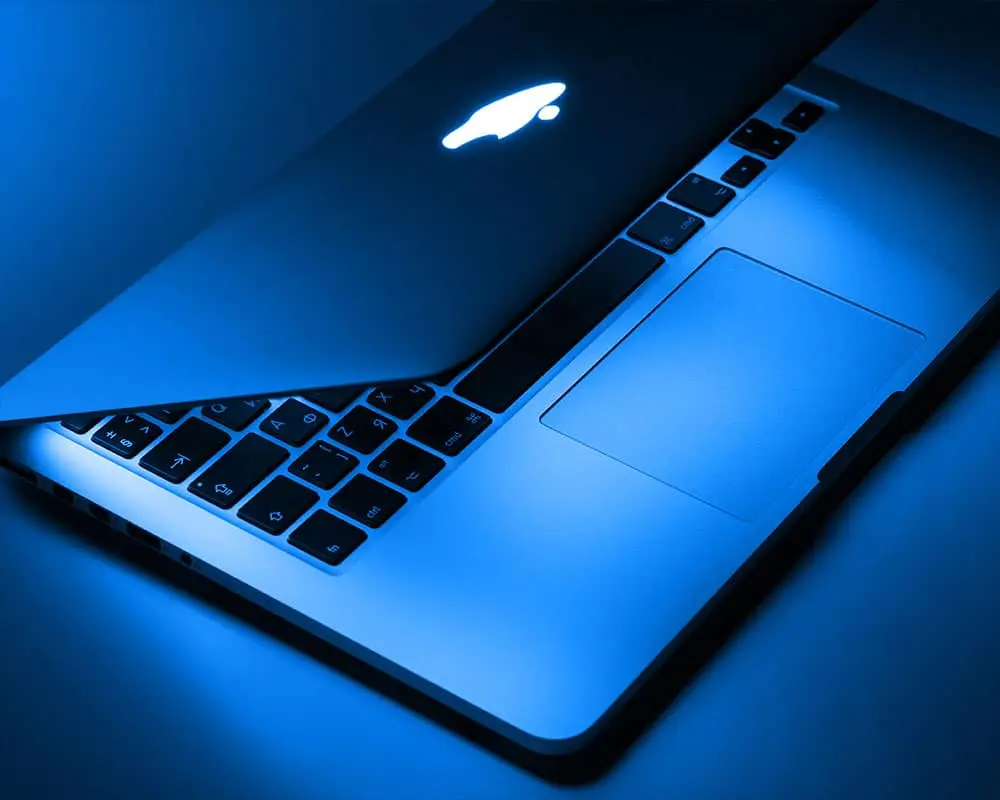- Upgrade your defenses, not your anxiety. Let’s Talk! Contact Us

Understanding Zero Trust Security: The Future of Cybersecurity
Welcome to the future of cybersecurity! In a world where cyber threats lurk around every digital corner, it's imperative for organizations to adopt advanced security measures. One such approach that is gaining immense popularity is Zero Trust. No, it's not a secret code word or an elusive spy technique but rather a revolutionary security model designed to protect your organization from all angles.
So, what exactly is Zero Trust? It's not about blindly trusting anyone or anything within your network perimeter. Instead, it flips the traditional trust-based security model on its head and assumes that no user or device can be fully trusted, whether they are inside or outside your network. Sounds intriguing, right?
In this blog post, we will delve into the depths of Zero Trust and
uncover its inner workings. We'll explore how this innovative security
framework can safeguard your organization against ever-evolving cyber threats
and discuss the benefits and challenges associated with implementing it. So, buckle up as we embark on this cybersecurity journey together!
What is Zero Trust Security?
Picture this: a fortress with impenetrable walls, guarded by
vigilant soldiers who question every person seeking entry. That's the essence
of Zero Trust. It's a security approach that challenges the age-old notion of
trust in cybersecurity. Instead of assuming everyone within your network is
safe, Zero Trust assumes the opposite – that no one can be fully trusted.
In this futuristic model, access to resources and sensitive data is not granted based on location or user credentials alone. Each request for access undergoes intense scrutiny regardless of whether it originates from inside or outside the network perimeter. Every user and device must prove their identity and demonstrate their legitimacy before being granted access. But here's where Zero Trust truly shines: it continuously monitors and assesses activity throughout your system, applying granular controls to ensure only authorized actions are allowed. This dynamic approach minimizes potential risks by providing heightened visibility into both internal and external threats.
Zero Trust Security eliminates blind trust in favor of continuous
verification, creating an environment where nothing is taken for granted when
it comes to cybersecurity. So buckle up as we explore how this groundbreaking
framework can transform your organization's security posture!

Zero Trust Security Model
In today's digital landscape, traditional security measures are no longer enough to protect sensitive data from sophisticated cyber threats. That's where the Zero Trust Security Model comes into play. This innovative approach challenges the long-standing belief that once inside the network, users and devices can be trusted implicitly.
Unlike traditional security models that rely on a perimeter
defense strategy, Zero Trust operates under the principle of "never trust,
always verify." It assumes that every user/device is potentially
compromised and requires continuous authentication and authorization throughout
their entire session. By implementing strict access controls and robust
identity verification protocols, organizations can significantly reduce the
risk of unauthorized access.
The beauty of Zero Trust lies in its ability to adapt to changing circumstances. No matter where users or devices are located – whether within or outside the corporate network – they must undergo rigorous verification before accessing any resources. This granular approach ensures that only authorized individuals gain entry while minimizing lateral movement by potential attackers.
Take your organization's cybersecurity strategy to new heights
with the Zero Trust Security Model! Stay tuned for our next blog post as we
delve deeper into how you can implement this game-changing framework in your
own environment.
Benefits of Zero Trust Security
One of the biggest benefits of implementing a Zero Trust security
model is enhanced protection against cyber threats. Traditional security
measures rely on perimeter defenses, assuming that once someone has gained
access to the network, they can be trusted. However, in today's ever-evolving
threat landscape, this approach is no longer sufficient.
By adopting a Zero Trust framework, organizations are able to
establish granular access controls and continuously authenticate users and
devices. This means that even if an attacker manages to breach one layer of
defense, they will still face multiple hurdles before gaining access to
sensitive data or systems.
Another advantage of Zero Trust is improved visibility and monitoring capabilities. With traditional security models, it can be difficult for IT teams to detect malicious activity within the network until it's too late. In contrast, Zero Trust requires constant monitoring and analysis of user behavior and device health metrics. This allows organizations to identify potential threats early on and respond promptly. Implementing a Zero Trust approach can help organizations achieve regulatory compliance more effectively. Many industries have strict data protection regulations in place that require companies to implement robust security measures. By embracing Zero Trust principles such as least privilege access control and continuous authentication, businesses can demonstrate their commitment to data privacy and meet compliance requirements more easily.
In summary,
- Enhanced protection against cyber threats
- Improved visibility and monitoring capabilities
- Effective achievement of regulatory compliance
Implementing Zero Trust Security in Your Organization
So, you've decided to take the leap and implement a Zero Trust
security model in your organization. Congratulations! This is a bold move that
will undoubtedly enhance your cybersecurity posture and protect your valuable
assets from potential threats.
The first step in implementing Zero Trust is to assess your
existing security framework. Identify any vulnerabilities or weaknesses that
may exist within your current system. Next, define clear access control
policies and authentication measures for all users, devices, and applications
within your network.
Once these policies are established, it's time to enforce them
rigorously. Implement multi-factor authentication (MFA) protocols to ensure
only authorized individuals can gain access to sensitive data. Regularly
monitor and update permissions as needed to maintain strict control over who
has access to what information.
Remember, adopting a Zero Trust approach requires constant
vigilance and ongoing evaluation of security practices. Stay up to date with
emerging technologies such as AI-powered threat detection systems or
blockchain-based identity verification solutions that can further strengthen
your defense against cyberattacks.
By embracing the principles of Zero Trust, you're not just
safeguarding your organization's digital assets; you're also demonstrating a
commitment to protecting the privacy and trust of clients and partners alike.
So go ahead—take charge of your cybersecurity future with confidence!
Challenges of Implementing Zero Trust Security
Implementing Zero Trust in an organization may sound like a
no-brainer for boosting cybersecurity, but it's not without its challenges. One
major hurdle is the cultural shift that needs to take place within the company.
Moving from a traditional security mindset to embracing the principles of Zero
Trust can be met with resistance and skepticism from employees who are used to
relying on perimeter defenses.
Another challenge is the complexity of implementing Zero Trust across different systems and platforms. Organizations often have a variety of legacy systems, cloud services, and third-party applications that need to be integrated into the new security framework. This requires thorough planning and coordination to ensure seamless implementation without disrupting business operations. Additionally, implementing Zero Trust requires continuous monitoring and assessment of user behavior and access privileges. This means organizations must invest in robust identity verification mechanisms, such as multi-factor authentication or biometric solutions, which can be costly and time-consuming to implement.
While there may be challenges associated with implementing Zero
Trust, the benefits far outweigh them when it comes to protecting sensitive
data and mitigating cyber threats. With careful planning, training, and
strategic partnerships with cybersecurity experts, organizations can
successfully overcome these hurdles for a more secure future.
Future Trends in Zero Trust
Zero Trust has already proven to be a game-changer in the world of
cybersecurity, but what does the future hold for this innovative security
framework? As technology continues to evolve at a rapid pace, it's crucial for
organizations to stay ahead of emerging threats. Here are some future trends
that we can expect in Zero Trust:
1. AI and Machine Learning: With the rise of artificial
intelligence and machine learning, Zero Trust will become even more intelligent
and proactive. These technologies can analyze vast amounts of data in
real-time, identifying patterns and anomalies that humans might miss. This will
enable organizations to detect and respond to potential threats more
effectively.
2. IoT Integration: The Internet of Things (IoT) is expanding
rapidly, with interconnected devices becoming ubiquitous in both personal and
professional environments. As these devices become more prevalent, integrating
them into the Zero Trust model will be essential for maintaining comprehensive
security.
3. Continuous Authentication: Traditional authentication methods
like passwords are no longer sufficient on their own. In the future, we can
expect continuous authentication techniques such as biometrics or behavioural
analytics to play a significant role in Zero Trust frameworks. This approach
ensures that user identities are constantly verified throughout their entire
session.
As technology evolves, so do cyber threats. By staying informed
about future trends in Zero Trust, organizations can proactively adapt their
security measures to protect against emerging risks and keep sensitive data
safe from attackers' prying eyes.
Conclusion
In this ever-evolving digital landscape, where cyber threats are becoming more sophisticated by the day, organizations need to stay one step ahead in protecting their valuable data and assets. Zero Trust is not just a buzzword; it is the future of cybersecurity. By adopting a Zero Trust security model, companies can enhance their overall security posture and reduce the risk of successful cyberattacks. This approach shifts from traditional perimeter-based security to an identity-centric framework that ensures continuous verification and authorization for every user and device accessing network resources.
The benefits of implementing Zero Trust are manifold. It provides granular control over access permissions, reduces the attack surface, improves visibility into network traffic, enables faster threat detection and response, and ultimately strengthens an organization's cybersecurity defenses. In conclusion, a proactive approach towards cybersecurity is paramount. Zero Trust offers organizations an effective way to mitigate risks, bolster defenses, and safeguard against relentless cyber threats. Investing in Zero Trust today will ensure a secure and resilient future for your organization. It’s time to embrace the power of Zero Trust and stay ahead in the ever-changing cybersecurity landscape!
Source: Internet
Reach out to us any time to get customized
forensics solutions to fit your needs. Check out Our Google
Reviews for a better understanding of our services and business.
If you are looking for Cybersecurity Services in Bangalore, give us a call on +91 91089 68720 / +91 94490 68720.
Search
Popular categories
Forensics
27Cybersecurity
16Awareness
4Current Trends
3Case Studies
1Latest blogs

Pre-Exit Forensics: Prevent Data Theft Before Employees Leave

Mac Forensics: Why It Matters for Cybersecurity, Compliance, and Corporate Protection

Why Digital Forensics is Crucial for Solving Data Breach Investigations
© Copyright 2024 Proaxis Scitech Private Limited
Write a public review